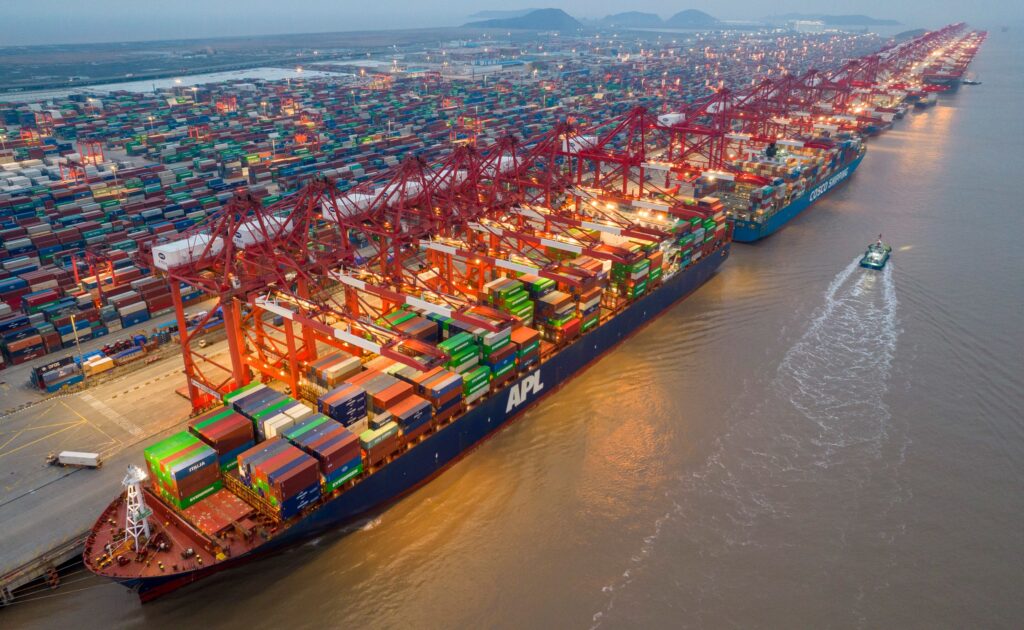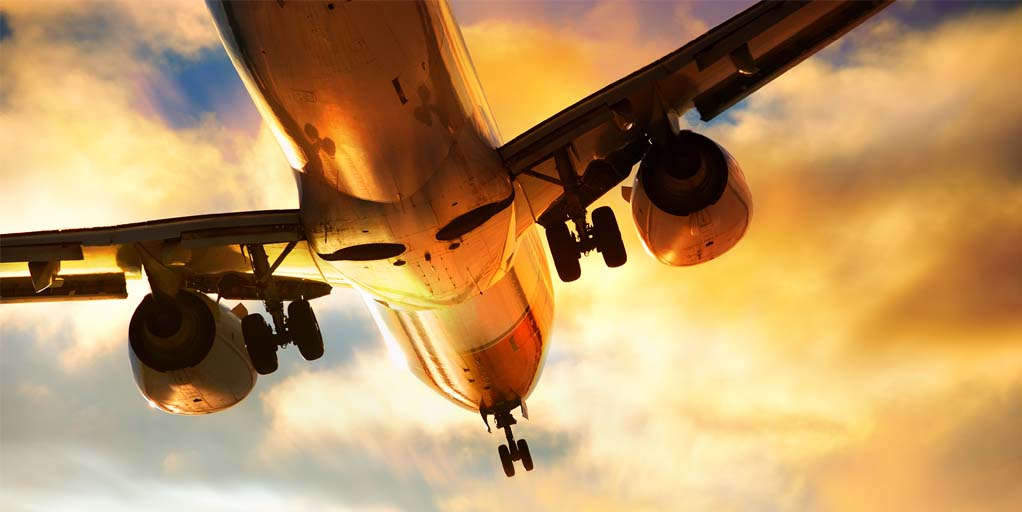- By Della tj
- September 29, 2025
- Sea Freight, Shipping
Moving goods from China to Australia requires balancing cost, time, and compliance. Sea freight remains the most practical solution for bulky or heavy cargo. This guide explains costs, transit times, customs, documents, and case studies—helping importers plan effectively.
Why Choose Sea Freight from China to Australia?
- Lower cost compared to air freight.
- Suitable for heavy or oversized cargo.
- Multiple Australian ports ensure wide coverage.
- More sustainable than air transport.
How Much Does China to Australia Sea Freight Cost?
| Container Type | Average Cost (USD) | Suitable Cargo |
|---|---|---|
| 20GP | $1,200 – $1,600 | 28m³ goods, small shipments |
| 40GP | $2,200 – $2,800 | Standard full load |
| 40HQ | $2,300 – $3,000 | Light but bulky goods |
| LCL (per CBM) | $50 – $75 | Small volumes <15m³ |
- Rates change with season, fuel prices, and carrier capacity.
- FCL offers lower unit cost, while LCL provides flexibility.
What Is the Transit Time from China to Australia?
| Route | Transit Days | Notes |
|---|---|---|
| Shanghai → Sydney | 15–18 | Frequent direct service |
| Shenzhen (Yantian) → Melbourne | 16–20 | Busy trade lane |
| Ningbo → Brisbane | 18–22 | Reliable but longer |
| Qingdao → Fremantle | 20–24 | Northern origin cargo |
- Delays may occur during peak seasons.
- Customs clearance adds 1–3 days.
Which Shipping Methods Are Available?
What Customs Documents Are Required?
- Bill of Lading – proof of shipment.
- Commercial Invoice – value declaration.
- Packing List – detailed cargo list.
- Import Declaration (Australia) – customs requirement.
- Certificate of Origin – tariff reduction under ChAFTA.
- Insurance Certificate – proof of coverage.
How Does Sea Freight Compare to Air Freight?
| Factor | Sea Freight | Air Freight |
|---|---|---|
| Cost | Low | High |
| Speed | 2–3 weeks | 3–7 days |
| Capacity | High | Limited |
| Best For | Heavy, bulk goods | Urgent, high-value items |
Real Case Studies
Case 1: Electronics, Shenzhen → Sydney
- Cargo: 40GP container
- Cost: $2,450 USD
- Time: 17 days
- Result: 70% cheaper than air freight.
Case 2: Furniture, Ningbo → Melbourne
- Cargo: 28m³ LCL
- Cost: $1,350 USD
- Time: 21 days
- Result: Affordable option for medium importer.
Why Is Choosing the Right Freight Forwarder Important?
- Ensures accurate customs clearance.
- Negotiates best carrier rates.
- Coordinates with ports to avoid hidden costs.
- Reduces risk of demurrage or storage charges.
Should Importers Purchase Insurance?
| Detail | Value |
|---|---|
| Coverage | 0.3% – 0.5% of cargo value |
| Risks Covered | Theft, rough seas, container loss |
| Benefit | Low-cost protection against major losses |
How Do Trade Agreements Help?
- ChAFTA reduces tariffs on many products.
- Examples: electronics, textiles, agriculture.
- Importers should always request a Certificate of Origin.
What Are the Common Challenges?
- Port Congestion → Plan early, avoid peak months.
- Customs Delays → Provide accurate paperwork.
- Hidden Costs → Clarify port and handling charges.
- Currency Fluctuations → Fix rates with forwarders when possible.
Conclusion
China to Australia sea freight remains the most cost-effective and scalable option for global importers. By choosing the right method, securing proper documents, and partnering with experienced freight forwarders, businesses reduce risks and save money. Ultimately, sea freight enables companies to keep supply chains stable, predictable, and competitive in international trade.
- Consult TJ China Freight Forwarding for the lowest quote. They will provide you with reliable, cost-effective service.
FAQ:
Q1.What is the cheapest sea freight option from China to Australia?
LCL shipping is cheapest for small loads under 15m³, saving importers money compared to booking full containers.
Q2.How long does FCL shipping usually take?
Direct routes typically take 15–22 days depending on departure and arrival ports, excluding customs clearance time.
Q3.Can I ship vehicles from China to Australia?
Yes, RoRo shipping or containerized transport allows safe movement of cars, trucks, and machinery across the route.
Q4.Do I need marine insurance for sea freight?
It is optional but strongly recommended, covering 0.3%–0.5% of cargo value to protect against loss or damage.
Q5.Which ports in Australia handle most sea freight?
Sydney, Melbourne, Brisbane, Fremantle, and Adelaide serve as the main import gateways for Chinese shipments.



